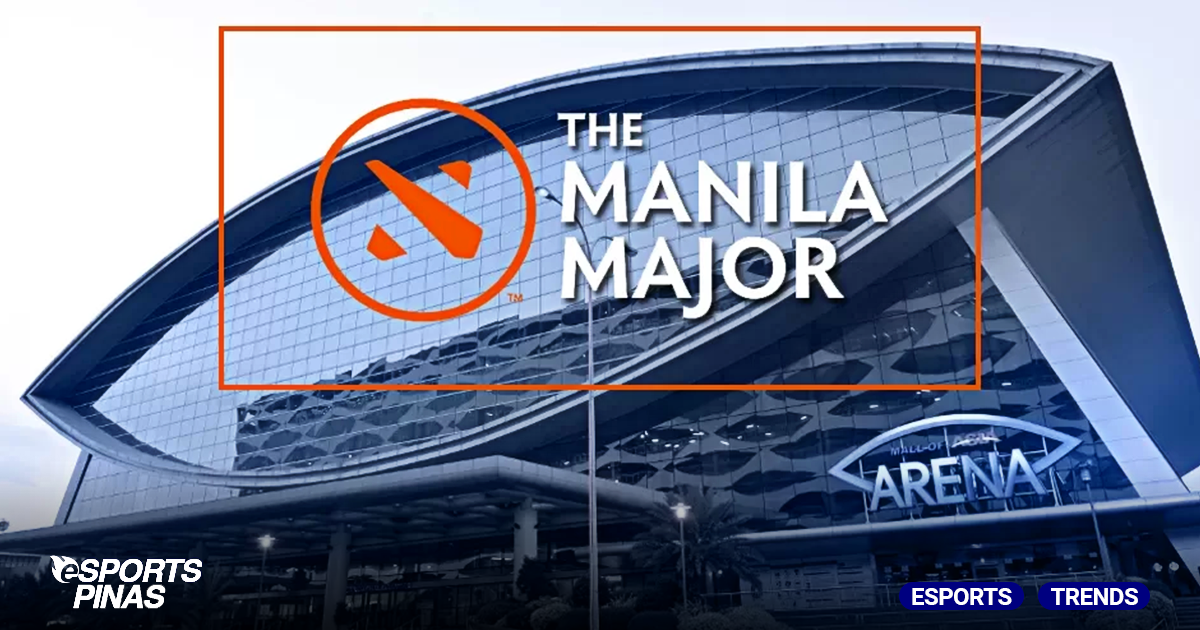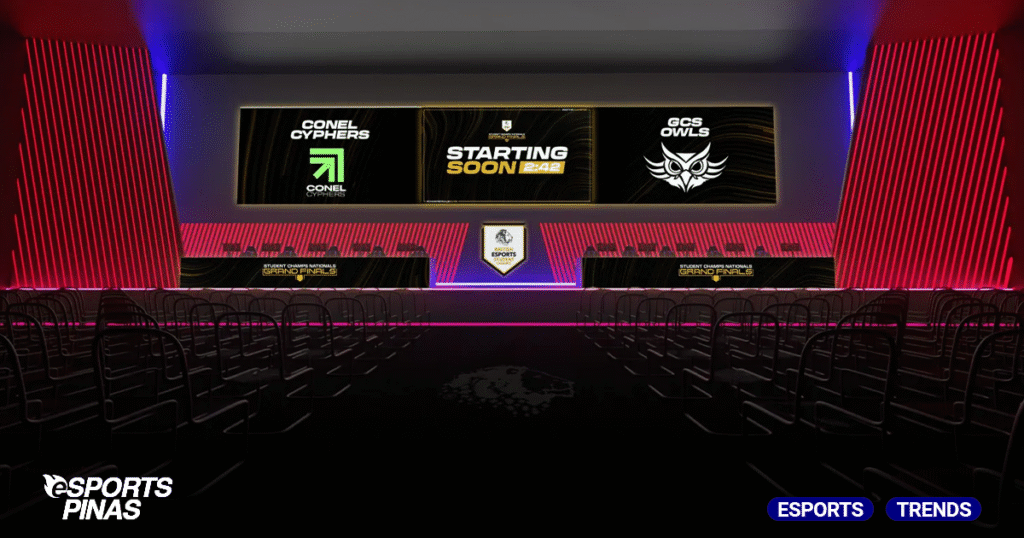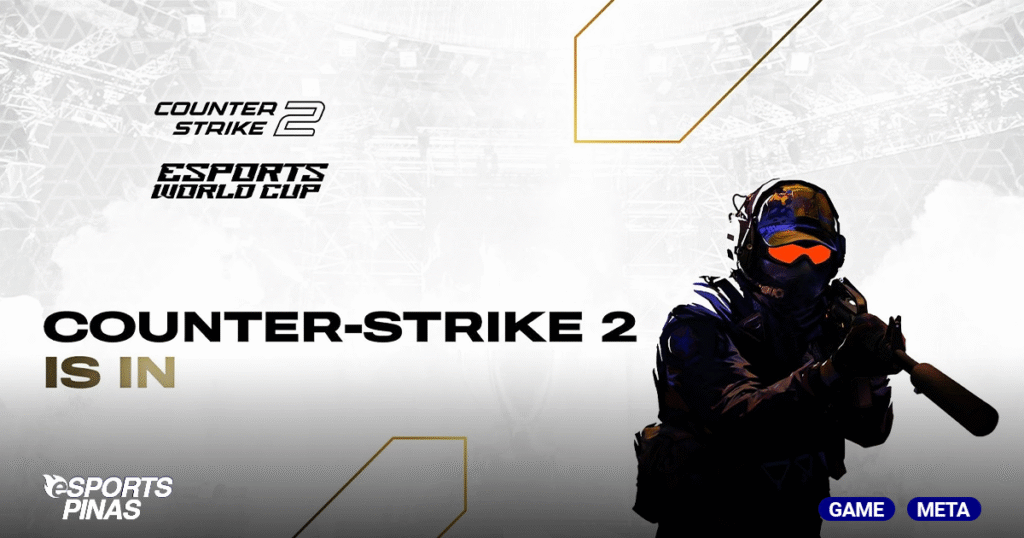Fans are giddy with hope and nostalgia: will the Philippines host a Dota 2 Major sanctioned by Valve again? Although Manila last hosted a major in 2016, there seems to be a growing desire in the community for it to happen again.
A Look Back: Manila’s Dota 2 Esports Legacy
The 2016 Manila Major was a significant event for Dota 2 and the Philippines’ standing in the world of esports. 16 of the top teams from around the globe competed for a $3 million prize pool at the event, which was held at the Mall of Asia Arena. Both the players and the spectators were electrified by the competition, which created an atmosphere that showed how esports are very important to the Filipino audience. More than just a competition, the Manila Major strengthened Manila’s standing as a center for elite competitive gaming in Southeast Asia by enhancing the local scene and demonstrating the Philippines’ capacity to organize and support top-tier competitions.
community. Held at the prestigious Mall of Asia Arena, the event gathered 16 of the best teams in the world to battle for a massive $3 million prize pool. For many local fans, it was the first time they witnessed a Valve-sponsored Major of such magnitude on home soil, and the electric atmosphere inside the arena reflected the country’s passion for competitive gaming. Beyond just the matches themselves, the tournament showcased Manila’s ability to host world-class esports productions, from its high-energy stage setup to the overwhelming turnout of supportive fans who filled the arena day after day.
This event did more than crown a champion it elevated the Philippines’ reputation as a serious hub for esports in Southeast Asia. By drawing international teams, media, and thousands of fans, The Manila Major placed the country firmly on the global esports map, inspiring a new generation of Filipino gamers and legitimizing esports as a mainstream form of entertainment. It also demonstrated to organizers and sponsors alike that Manila had the infrastructure, audience, and enthusiasm to support top-tier esports events, paving the way for future tournaments to be hosted in the region.
Current Dota 2 Tournament Landscape
The development of the professional Dota 2 scene was made possible by that legacy. The Dota Pro Circuit (DPC), which organized the season with Majors that increased momentum toward The International every year, acted as the main framework from 2017 to 2023. The scene changed as the DPC era came to an end, and outside organizers took over to continue the tradition. The Esports World Cup, DreamLeague, PGL, and the ESL Pro Tour emerged as the new mainstays of competitive Dota 2, guaranteeing the game’s continued popularity and global platform.
Looking ahead, 2025 promises to be another landmark year. Tournaments such as FISSURE Playground and PGL Wallachia will set the tone for high-level competition, all leading up to the crown jewel of the season. The International 2025 in Hamburg. With these events on the horizon, fans can look forward to another year of thrilling matches, global rivalries, and unforgettable moments that continue to define Dota 2’s enduring legacy.
From 2017 to 2023, the Dota Pro Circuit (DPC) acted as the official competitive framework for professional Dota 2, establishing a structured pathway toward The International. Each season was marked by Majors across the globe, where teams fought not only for prize money but also for crucial DPC points that determined their eligibility for the year’s ultimate championship. This system provided stability and consistency, ensuring that fans could expect a regular cadence of high-stakes tournaments and that players had a clear competitive ladder to climb.
However, with the DPC’s conclusion after 2023, the competitive ecosystem has shifted back toward third-party organizers who now carry the responsibility of sustaining the professional scene. Prestigious tours such as the ESL Pro Tour, PGL, DreamLeague, and the Esports World Cup have stepped in, ensuring that fans still have premier events to follow and that teams continue to have opportunities for international competition. This change has brought greater variety and flexibility to the tournament calendar, though it has also placed increased importance on the strength and reputation of individual organizers to maintain competitive integrity and production quality.
Looking ahead to 2025, the Dota 2 esports calendar already features several headline events that promise to shape the season. Tournaments like FISSURE Playground and PGL Wallachia are set to deliver top-tier matchups, while the highly anticipated The International 2025 in Hamburg will once again serve as the crown jewel of the competitive year. These events demonstrate that, even without the centralized structure of the DPC, the game continues to thrive under the stewardship of seasoned organizers, keeping the legacy of professional Dota alive for both veteran fans and new audiences alike.
Could Manila Host a Major Again?
Fans who remember the thrilling atmosphere of the Manila Major in 2016 are still wondering if Manila could host a Dota 2 Major again. As many still remember the intense energy of the Filipino audience that made the event unforgettable and contributed to the Philippines’ standing as one of the world’s most fervent esports markets, strong fan sentiment has never faltered. With infrastructure and amenities that still meet international standards, venues like the Mall of Asia Arena are fully equipped to host world-class competitions.
Yet, the challenge lies beyond Manila’s readiness. The future of hosting such a Major depends heavily on the involvement of Valve or a significant third-party organizer willing to bring a flagship event back to the city. Current global esports calendars are tightly packed, and regulatory considerations in the Philippines add another layer of complexity. These hurdles make the prospect uncertain, even as the passion of the local fanbase and the readiness of its venues remain clear strengths.
There would be a big impact if Manila hosted another major. It would strengthen the Philippines’ position on the international esport scene, improve the nation’s esports ecosystem, and generate economic benefits through tourism and local partnerships in addition to giving fans the opportunity to relive the magic of 2016. In addition to honoring its history, a return to Manila would encourage a new generation of Filipino gamers and fans, strengthening the country’s strong ties to competitive gaming.
Strong fan sentiment toward The Manila Major continues to endure nearly a decade later, with many recalling the vibrant and passionate crowds that filled the Mall of Asia Arena. The thunderous cheers, the sea of banners and cosplay, and the sheer energy of Filipino fans have become a defining memory for both players and organizers, reinforcing Manila’s reputation as one of the most electrifying esports audiences in the world. Venues such as the Mall of Asia Arena remain operational and fully capable of hosting large-scale tournaments, a reminder that the infrastructure for world-class esports events is still in place.
Yet despite this foundation, the landscape today is more uncertain. Without the backing of Valve or another major third-party organizer, the Philippines has struggled to maintain a consistent presence on the global esports circuit. The current event calendar is sparse compared to the mid-2010s, with regulatory hurdles, shifting sponsorship priorities, and logistical challenges creating significant barriers to staging tournaments of similar scale. While the potential for another landmark event in Manila remains high, realizing it would require renewed investment, strong organizational leadership, and supportive policies that recognize the value of esports as both a cultural and economic force.



